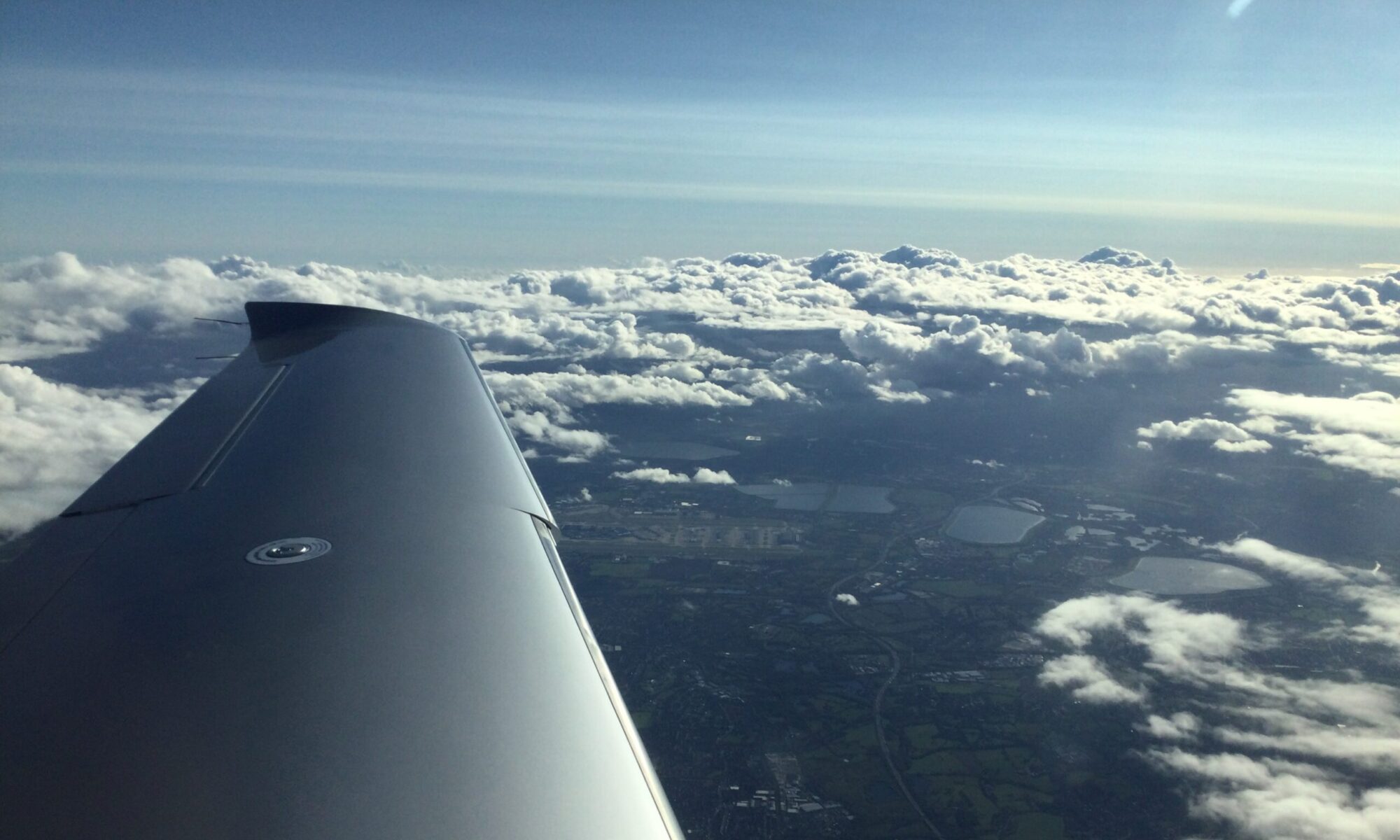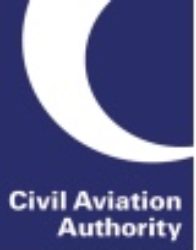CAA form SRG 1171 and CAP 2325 are designed to provide the candidate with as much information as possible before they attempt the FRTOL Practical Test. CAP 2325 states that…
“Prior to booking the Practical Test, the candidate must complete form SRG1171 and present this to the FRTOL Examiner. Form SRG1171 confirms that the minimum required Radiotelephony training has been completed prior to the Practical Test. It also confirms to the FRTOL Examiner that the candidate is aware of the subject matter and knowledge required in order to pass the test”.
One of the first questions I ask a prospective candidate is “Have you read CAP 2325?” This tends to focus the mind. Recently, a prospective candidate (from a regular ATO) approached to book their FRTOL assessment. I wasn’t getting a warm feeling that the candidate was as aware as perhaps others have been but it is not the job of the examiner to prejudge the candidate, just assess on the assessment evidence. 24 hrs before the assessment another instructor at the ATO telephoned to say that he had been asked to sign off the SRG 1171 and he simply was able to because there was no evidence that all the elements of the training had been completed. “That’s a Good Call!” in my book. The candidate can make sure they have completed the training and I am sure they’ll make a more confident candidate when it comes to the assessment. I am sure that’s what the CAA had in mind when designing the procedure, so well done to the instructor and ATO concerned!

